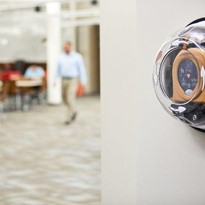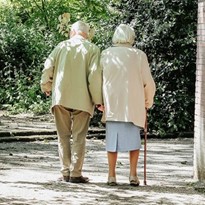What is bystander CPR?
Bystander CPR is exactly how it sounds, CPR performed by someone who has witnessed a medical emergency such as a sudden cardiac arrest. CPR (Cardiopulmonary Resuscitation) is a basic first aid technique used to help save the life of someone whose heart has stopped or has stopped breathing. CPR is performed by opening a person’s airway and performing chest compressions to push oxygen into the lungs so that oxygenated blood can get to the brain and keep the person alive. Compression only is a newer way to perform CPR. It’s easier than the traditional method, and it saves lives.
Why is bystander CPR important?
The Australian Resuscitation Council answer to this is clear: Any attempt at resuscitation is better than none. Over 33,000 out of hospital cardiac arrests occur in Australia each year. Less than 12% survive. Chest compression from an onlooker can keep a person experiencing cardiac arrest alive until the paramedics arrive. It more than doubles the survival rate. Combine it with early use of an AED (automated external defibrillator) and the statistics improve even further.
Can I get in trouble if I make a mistake?
The short answer is no, most states in Australia have some form of the Good Samaritan Law in place that protects any first responder, whether they are a medical professional or not from repercussions when attempting to help save someone’s life. There is no good reason not to learn how to do CPR. You don’t need to be a health professional to gain expertise in this highly effective medical intervention, which is quick to both learn and execute.



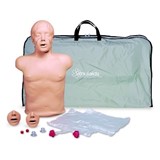


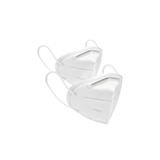

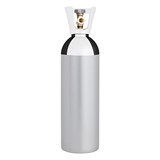
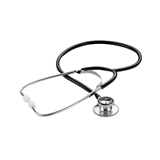


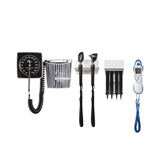
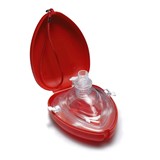
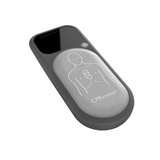





-205x205.jpg)
-205x205.jpg)

